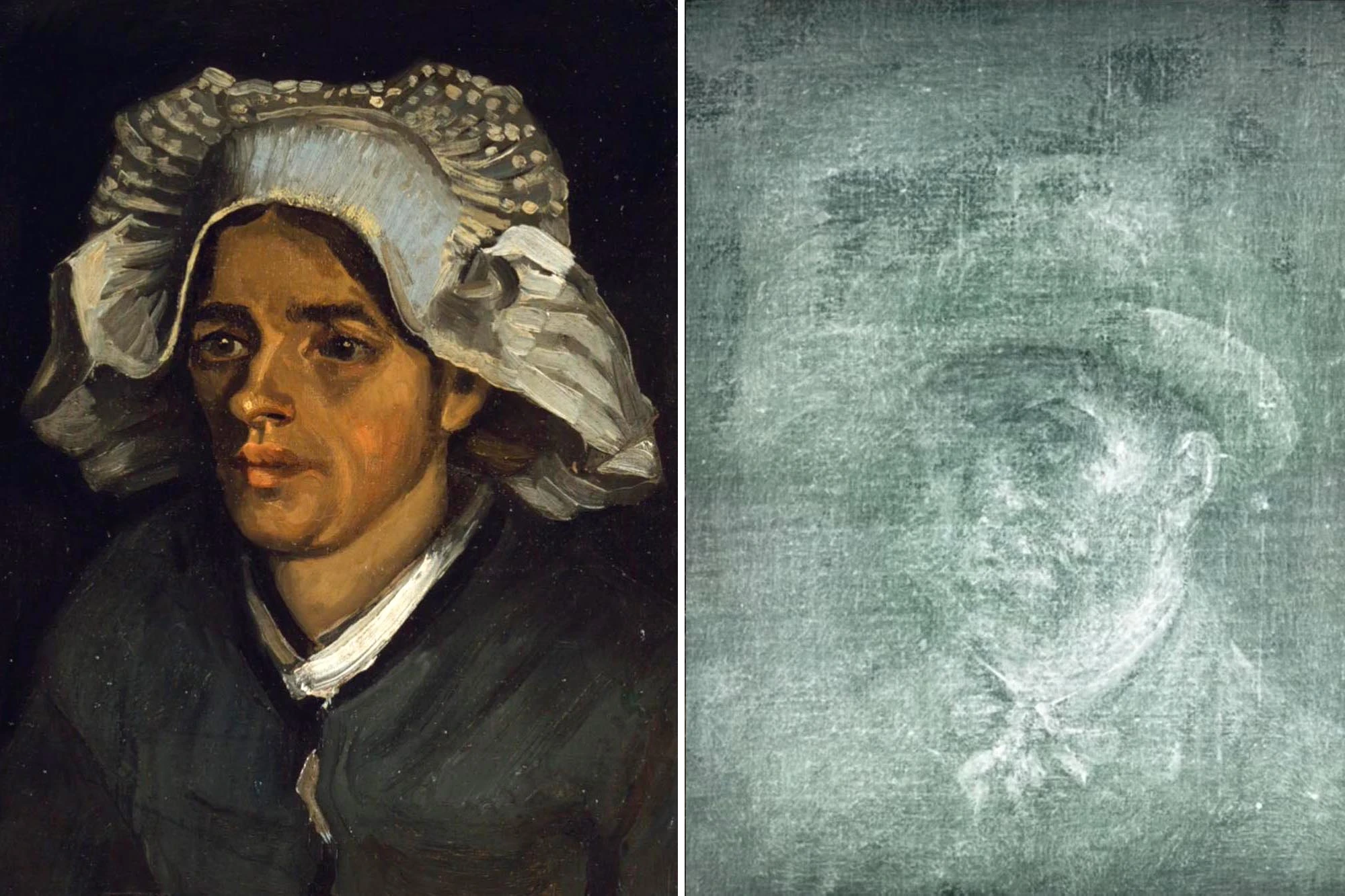What is the "wall of humanity"?

The Wall of Humanity' is a noble initiative where people leave their old clothes, toys, books, furniture and other usable household items near a designated wall which may later be collected by the needy. The concept originated in Iran in 2015. At the time, Iran's economy was in bad shape and people with limited means were finding it tough to deal with the harsh Iranian winter. That's when some youths in the city of Mashhad came up with the idea of helping the poor in a manner which would not make them feel embarrassed.
"Leave what you don't need, take what you do"
They began to hang their old clothes on the city walls and it soon became a trend known as 'Deewar-e-Meherbani. A similar campaign was started in Pakistan by a young boy, which came to known as 'Deewar-e-Insaniyat. It included donations of food, clothes, medicines and books for the needy.
In India this concept first immerged in form of 'Neki ki Deewar in Bhilwara, Rajasthan. Today, similar such walls of humanity have sprung up in dozens of Indian cities including Mumbai, Chandigarh, Mysore, Allahabad, Pune, Nagpur, Nashik, Aurangabad, Bhopal.
Picture Credit : Google
